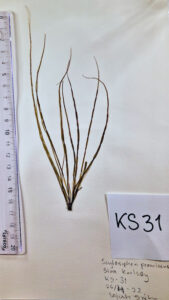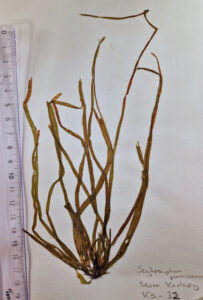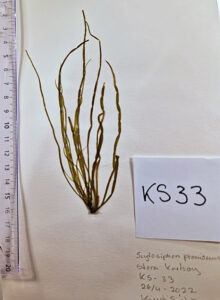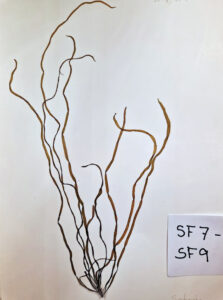The era of molecular biology brought us new insight about species diversity, and we now know that morphology is not always sufficient for species delimitation and identification. The suggestion to use the mitochondrial gene cytochrome c oxidase I (COI) as a marker to identify species was first made by Hebert et al. (2003, Proc. R. Soc. London B, DOI 10.1098/rspb.2002.2218) in the article “Biological identifications through DNA barcodes”. The reference to barcoding was based on the fact that a genetic sequence is made up of four nucleotids placed in a specific order (e.g. TTTCTCTGGAGTATTAGGT etc.), and displaying the genetic sequence of a gene with bars of specific colours of the four nucleotides could resemble the barcodes that are used to identify an item in a shop.
It soon became clear that the gene COI was not fit to identify all species of all phyla (which was also pointed out by Hebert et al. in their publication), but it has proved to be a useful tool for species identification in many systematic groups. For the brown algae it functions well as a DNA barcoding gene, with some exceptions.
The DNA barcoding procedure is simple: one samples a specimen, identify it to the lowest taxon possible, take a sample and dry it in a vial with silica gel, sequence the sample, and keep the specimen as a voucher. Quality checked sequences in Genbank function as references, and ideally the sequence of the the type material should be used as reference. In the Brown algal project we focus on Ectocarpales and crust forming taxa, and so far DNA barcoding using COI sequences has shown good results. It seems to be especially useful in genera with cryptic species. Cryptic species are species within a genus with similar or strongly overlapping morphology, and which consequently can not be identified through morphological characters alone.




A good example in the Brown algal project is the genus Scytosiphon. Scytosiphon is common on the shores in Norway, where it is present from spring to summer. It has a simple morphology with narrow and hollow thalli, normally with constrictions, wich grows in bundles to 10 cm or more. Earlier we had, to our knowledge, one species of Scytosiphon in Norway; Scytosiphon lomantaria. Through DNA barcoding using COI we have now identified three genetically distinct species in South Norway; Scytosiphon promiscuus, Scytosiphon sp. (not yet described) and a third Scytosiphon species, earlier known from the Pacific and Iceland. We have actually not yet sequenced Scytosiphon lomentaria in our samples, but this is likely a coincidence. Scytosiphon lomentaria and the three other Scytosiphon spp. have strongly overlapping morphological characters. This means that with our present knowledge we cannot any longer rely on morphology for a proper identification of Scytosiphon species on our shores.